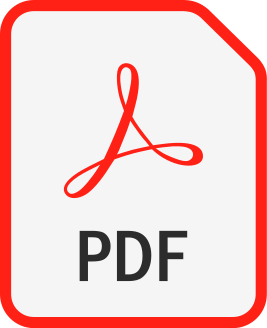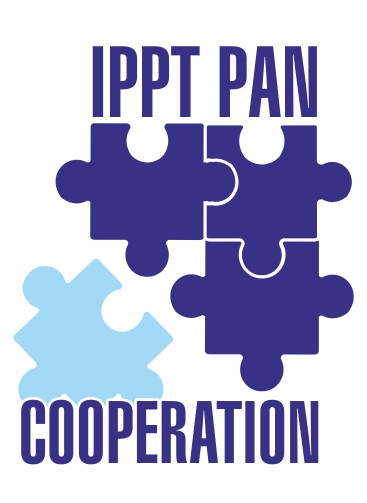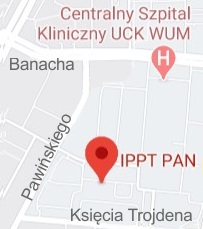| 1. |
Cofas Vargas L., Mendoza-Espinosa P.♦, Montalvo-Sandoval F.♦, Pérez-Rodríguez S.♦, Rauda-Ceja J.♦, Hernández-Peralta P.♦, Durán-Vargas A.♦, Trujillo-Roldán M.♦, Valdez-Cruz N.♦, García-Hernandez E.♦, A unified topology-based classification of SARS-CoV-2 RBD neutralizing antibodies systematizes affinity trends across variants,
mAbs, ISSN: 1942-0862, DOI: 10.1080/19420862.2025.2575083, Vol.17, No.1, pp.2575083-1-26, 2025 Abstract:
The receptor-binding domain (RBD) of the SARS-CoV-2 Spike protein, responsible for engaging the hACE2 receptor, is the principal target of neutralizing antibodies (NAb). To better understand how viral evolution undermines NAb protection, we present a comprehensive, topology-based classification derived from 544 NAbs and 60 nanobody–RBD complex structures. Five major NAb classes, each subdivided into two subclasses, were defined by binding zone, angle of approach, hACE2 competition, and hotspot usage. A systematic mapping of NAb–antigen contacts revealed 91 recurrent hotspot residues, some of which remain fully conserved across all Omicron variants. Leveraging > 2,300 experimentally dissociation constants spanning the Wuhan strain and Omicron lineages, we conducted a comparative affinity analysis across subclasses. NAbs in classes 1–3, which overlap the receptor-binding site, show progressive loss of affinity against Omicron, with many failing to bind recent subvariants due to emergent steric clashes and limited affinity maturation against the ancestral Wuhan RBD. Nonetheless, cases of Abs exhibiting resilience to viral drift have been documented. In contrast, classes 4 and 5 maintain high affinity regardless of their initial affinity for parental strains. Contemporary in-silico epitope predictors captured only ~40% of experimentally defined hotspots, highlighting the need for structure-guided approaches. By introducing a refined topological segmentation of the RBD grounded in previously described but unsystematized regions, our classification captures a broad diversity of NAb binding modes and provides an integrative structural framework that harmonizes prior classification schemes, its relationship with circulating variants, and highlights conserved epitope features relevant to broad-spectrum vaccine and therapeutic NAb design. Keywords:
Affinity evolution, antibody classification, epitope mapping, neutralizing antibodies, receptor binding domain Affiliations:
| Cofas Vargas L. | - | IPPT PAN | | Mendoza-Espinosa P. | - | other affiliation | | Montalvo-Sandoval F. | - | other affiliation | | Pérez-Rodríguez S. | - | other affiliation | | Rauda-Ceja J. | - | other affiliation | | Hernández-Peralta P. | - | other affiliation | | Durán-Vargas A. | - | other affiliation | | Trujillo-Roldán M. | - | other affiliation | | Valdez-Cruz N. | - | other affiliation | | García-Hernandez E. | - | other affiliation |
|  |
















